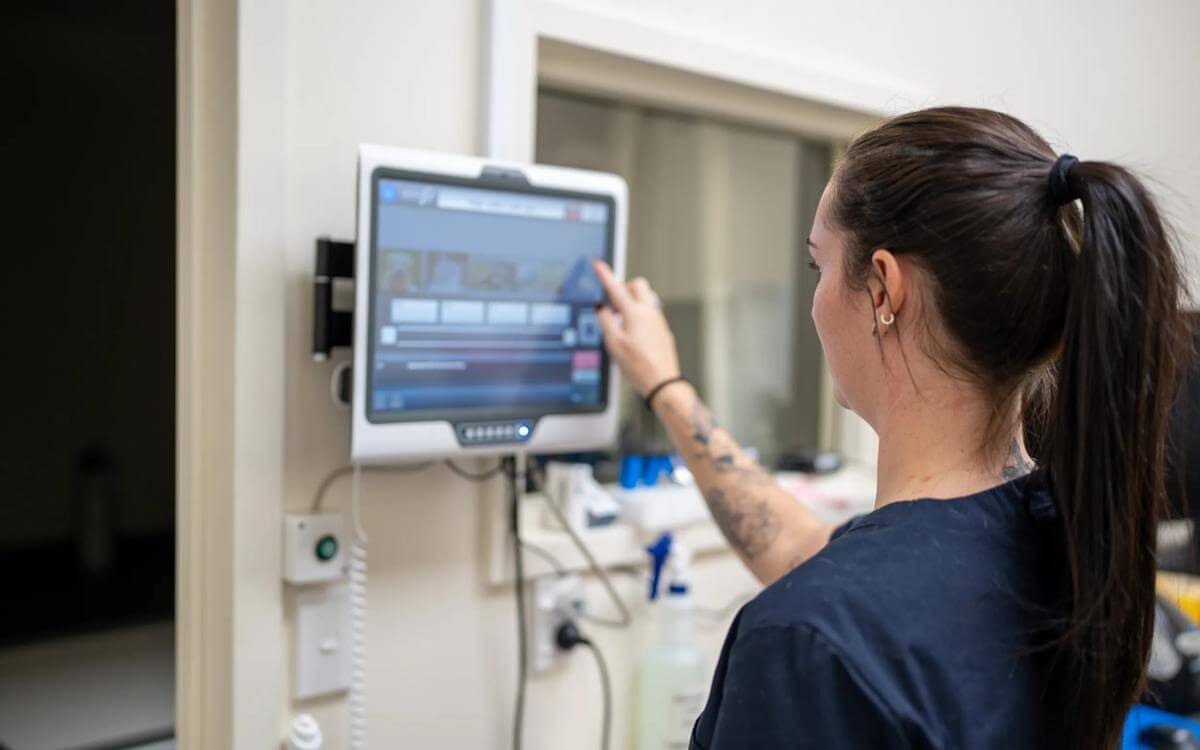Post covid-19 service reconfiguration for the health sector
A question which now arises for the health sector is how quickly is it possible to separate out the provision of clinical services for those suffering with COVID-19 from all other clinical services, so that the risk of infection can be reduced as far as possible.
Please note: the information contained in this legal update is correct as of the original date of publication.
A question which now arises for the health sector is how quickly is it possible to separate out the provision of clinical services for those suffering with COVID-19 from all other clinical services, so that the risk of infection can be reduced as far as possible. Doing so will also allow services temporarily suspended, so that the health workforce could focus on the pandemic, to re-open.
In undertaking the above, then consideration should also be given to which of the emergency temporary changes which were made because of Covid-19 should be retained. Specifically, it would be sensible to retain those changes which are beneficial to the future provision of health care services.
In considering the above, then it will be worth bearing in mind the main legal duties which need to be met, as set out in the NHS Act 2006 (as amended) (‘the Act’), and guidance from NHSE&I, such as the Planning, assuring and delivering service change for patients and the Patient and public participation in commissioning health and care.
Key Legal Duties
The Act provides a statutory framework, together with secondary legislation issued under it, for NHS organisations to follow when making changes to the way they deliver services to the public. Some changes will be relatively small affecting only a small group of people, such as moving a small service’s outpatient appointments to a new location 1 mile away from where they are currently delivered, and others will be large affecting communities, such as building a new hospital on a new site several miles from the current location. Whatever size of change being undertaken, the statutory framework will apply, but the amount of information and work which arises to make a decision will vary and often guidance from NHSE&I will help NHS organisations to understand what they need to do when service change is contemplated.
Key parts of the Act to take into account are such as:
- s.13G (NHSE&I) or 14T (CCGs) – Duty to reduce inequalities of access and outcomes
- s.13Q or 14Z2 – Public involvement and consultation
- s.244 – Review and Scrutiny by local authorities and the greater detail provided on this duty in The Local Authority (Public Health, Health and Wellbeing Boards and Health Scrutiny) Regulations 2013
- s.149 Equality Act 2010 – Public Sector Equality Duty
Clearly, there are other facets of the statutory framework to take into account which cover public, procurement, competition and employment law, but the above are key aspects for the purpose of making clear, transparent and fair decisions which comply with both statutory and common-law expectations.
Making a Temporary Decision
In general, temporary service changes are determined on an urgent basis by the organisation which provides the service in question. That is because temporary changes are to address immediate patient or staff safety or welfare issues. Therefore, the provider will be best placed to understand the urgency of the situation, the risks which have arisen, the immediate impacts on staff and the public, and so is in the best position to evaluate and determine the course of action to take. In the current situation, the urgency of the temporary changes that have been made to respond to the pandemic mean that there was insufficient time to apply the normal processes undertaken to meet all statutory duties.
That the temporary decision has arisen out of an emergency situation, means that once the issue causing the urgency has abated then the decision can be reversed when the relevant organisation’s board is satisfied that it is safe to return to the pre-emergency position, taking into account guidance from the government or NHS E&I. That means, in summary, both the decision to implement temporary measures and to reverse them will usually rest with the provider. However, should the preference be to retain the temporary change which has been made then, normally, the decision-making will pass to the relevant commissioner of the service.
Making a Permanent Decision
When it then comes to making temporary decisions permanent, then effectively a new commissioning decision is being made and the normal statutory duties and decision-making process apply. Mostly, that will mean the relevant commissioner must make the final decision (although they could agree for the relevant providers to run the process for them).
In making such decisions, the key duties for commissioners to meet are those relating to equalities, public involvement and consultation with the local authority. However, it is important that any process ensures it address all relevant statutory and common law duties. Providers should also understand the impact of any changes on their workforce and engage with them appropriately over potential changes.
The key to making permanent decisions and reducing the risk of challenge is putting in place a clear process so all can see, and to the extent necessary input into, the decision-making process followed. That will then enable the commissioner to make a fair decision, taking into account all relevant information, and to meet its statutory and common law duties.
A lesson from Covid-19 for Public Involvement
The pandemic has made clear that the public are all capable of embracing and using different forms of technology to communicate, even when it is not possible to physically meet. For many years the NHS has undertaken public consultations and they have often revolved around physical meetings, but if the pandemic has taught us one thing it is that people are now much more comfortable using technology to access information and give their views. It would therefore seem apparent that in future involvement and consultations with the public the NHS should make greater use of technology, which will also mean information is available 24/7 to the public from anywhere with an internet connection. The potential reach to many different parts of society that will provide should enrich the quality of the information which the NHS can gather to make its decision and also mean that rather than spend 12 weeks or more on public consultations, a significantly shorter period, say 6 weeks (the same period of time the public is given to choose a new national government) should enable much better interaction with the public.
How can we help?
Browne Jacobson’s Public Law team are recognised as the national leaders on all aspects of service reconfiguration and advise NHS organisations across the country on their change programmes. As a result of the pandemic many NHS organisations and ICSs have instructed us to analyse temporary changes and advise on making them permanent. Please contact either Gerard Hanratty or Charlotte Harpin to discuss how we could support your organisation.









































